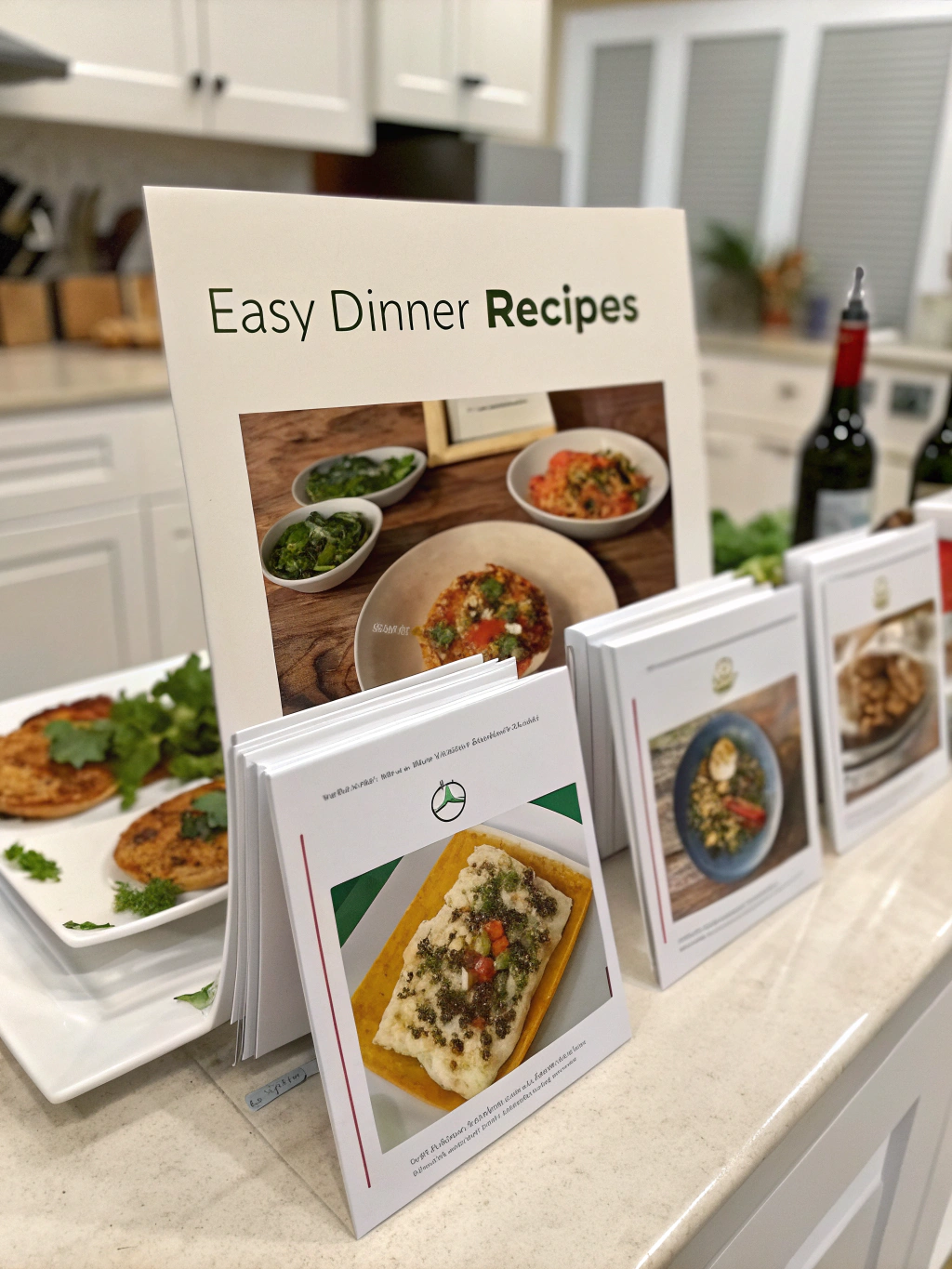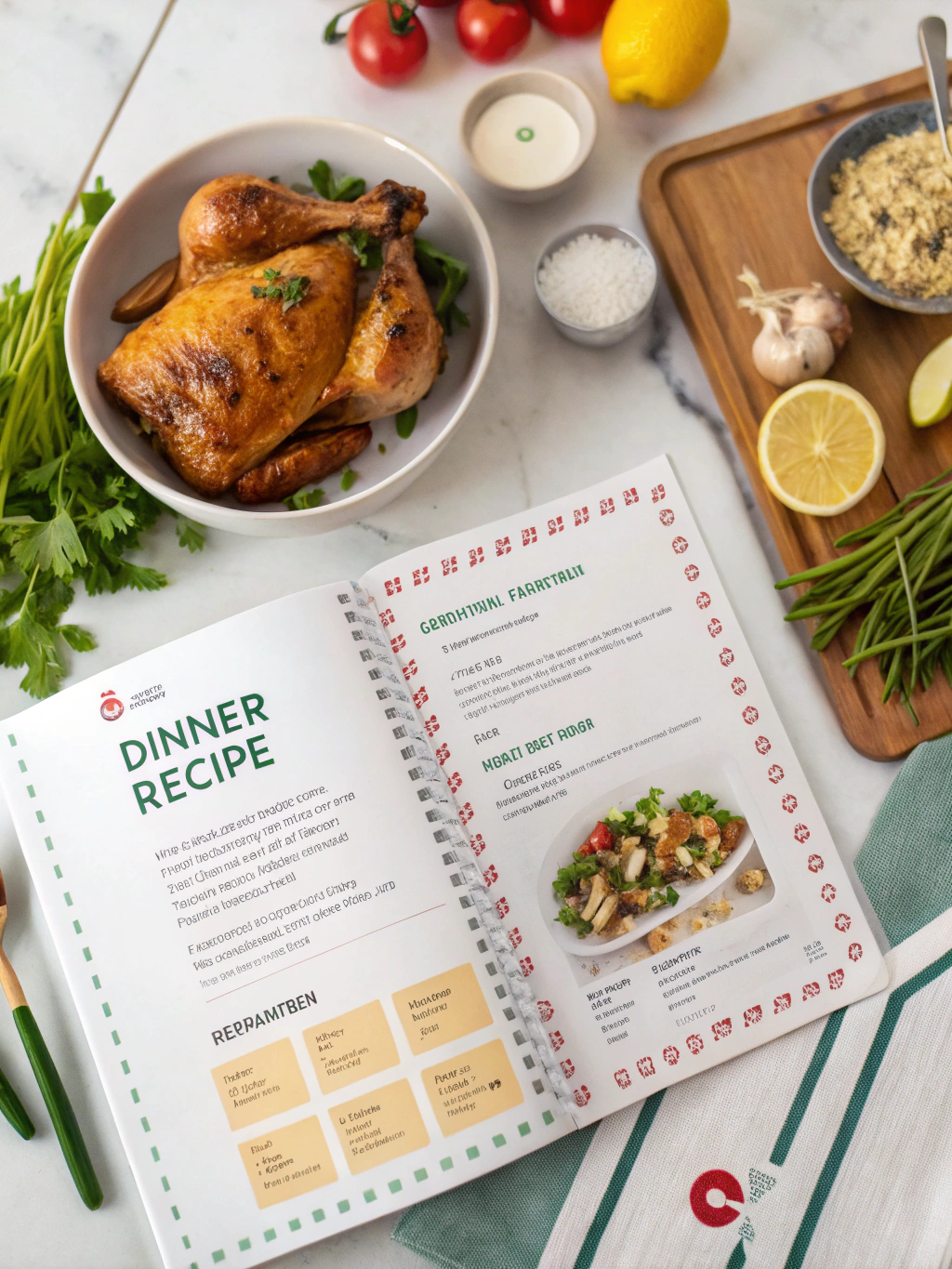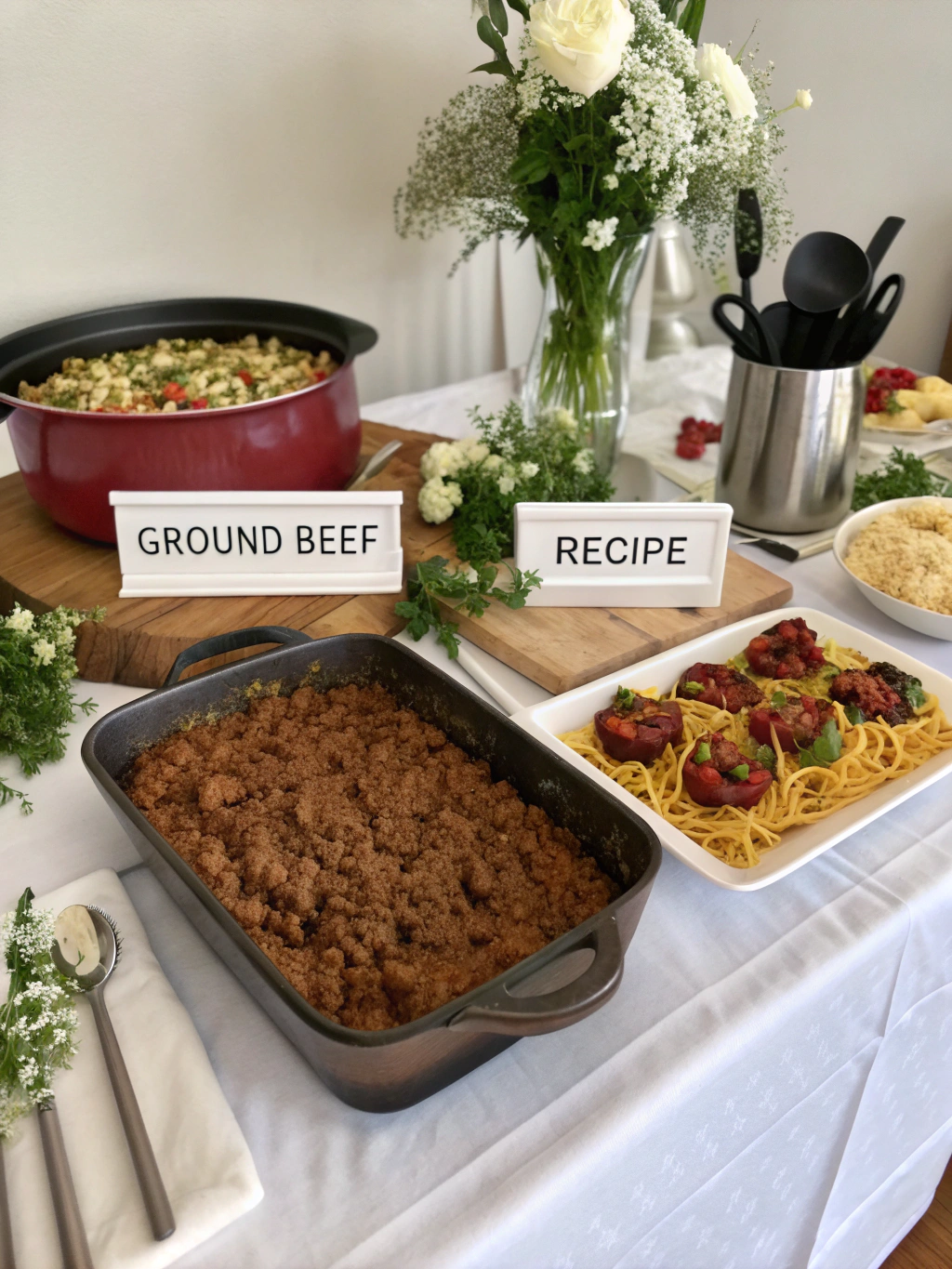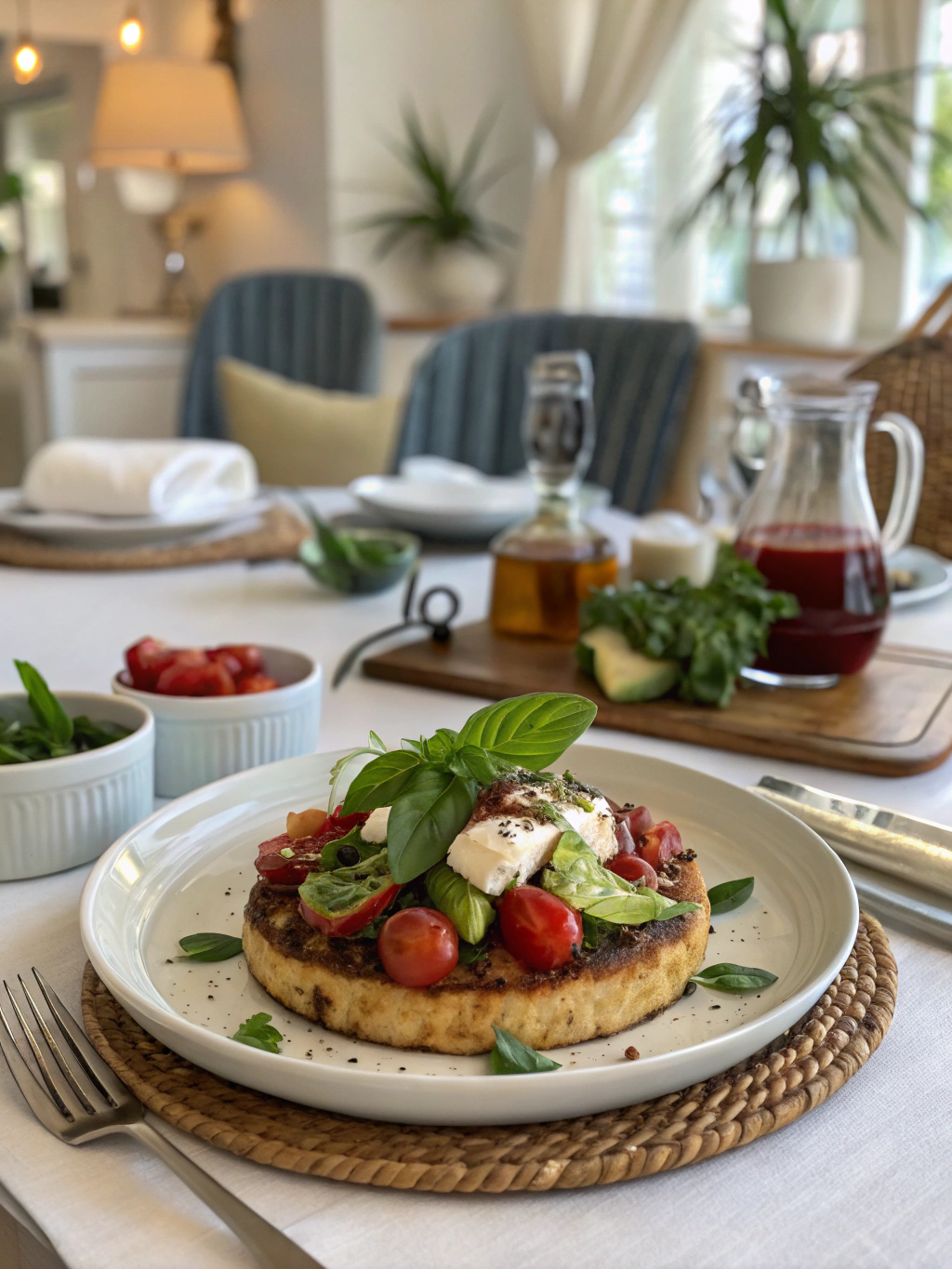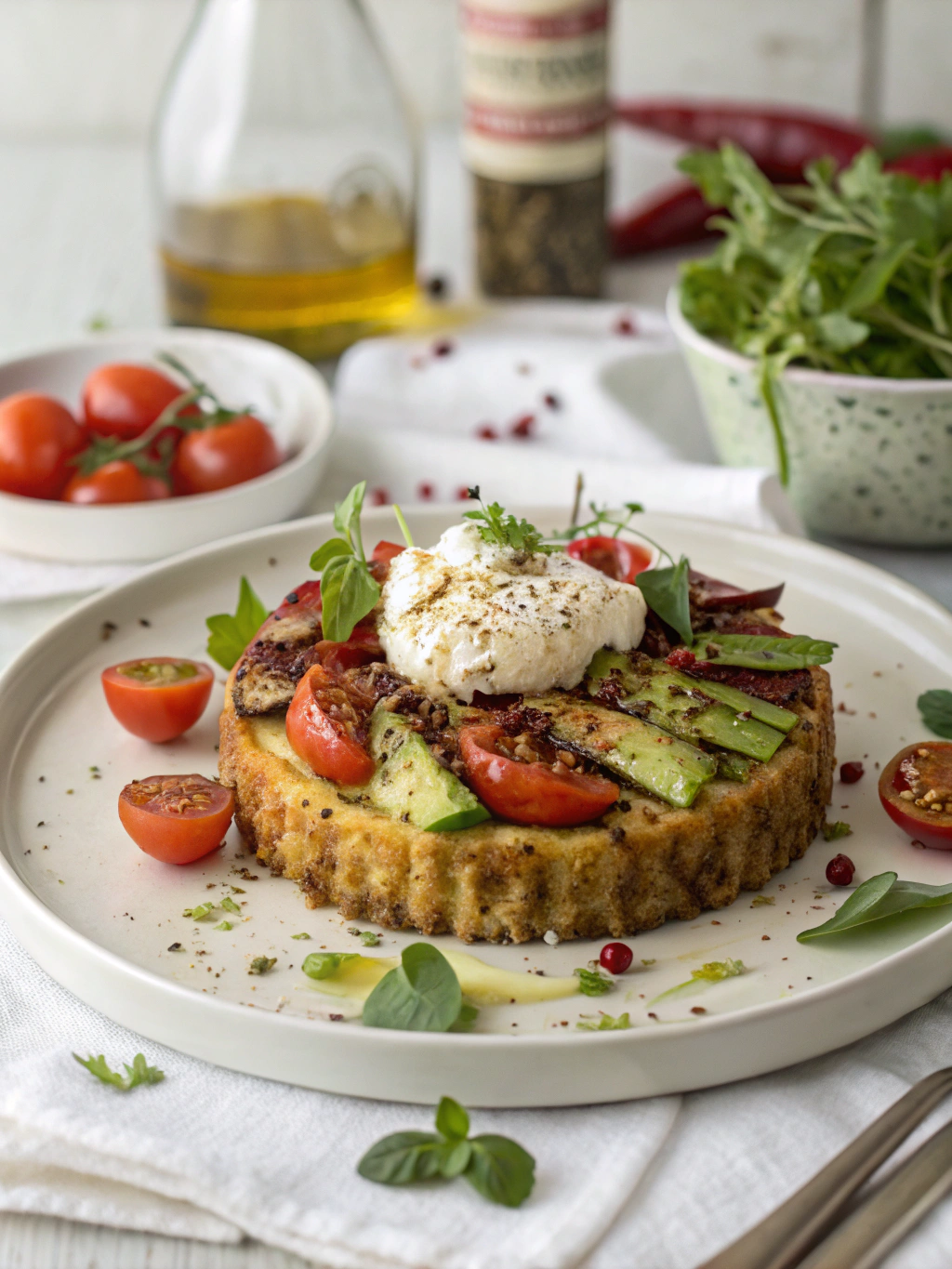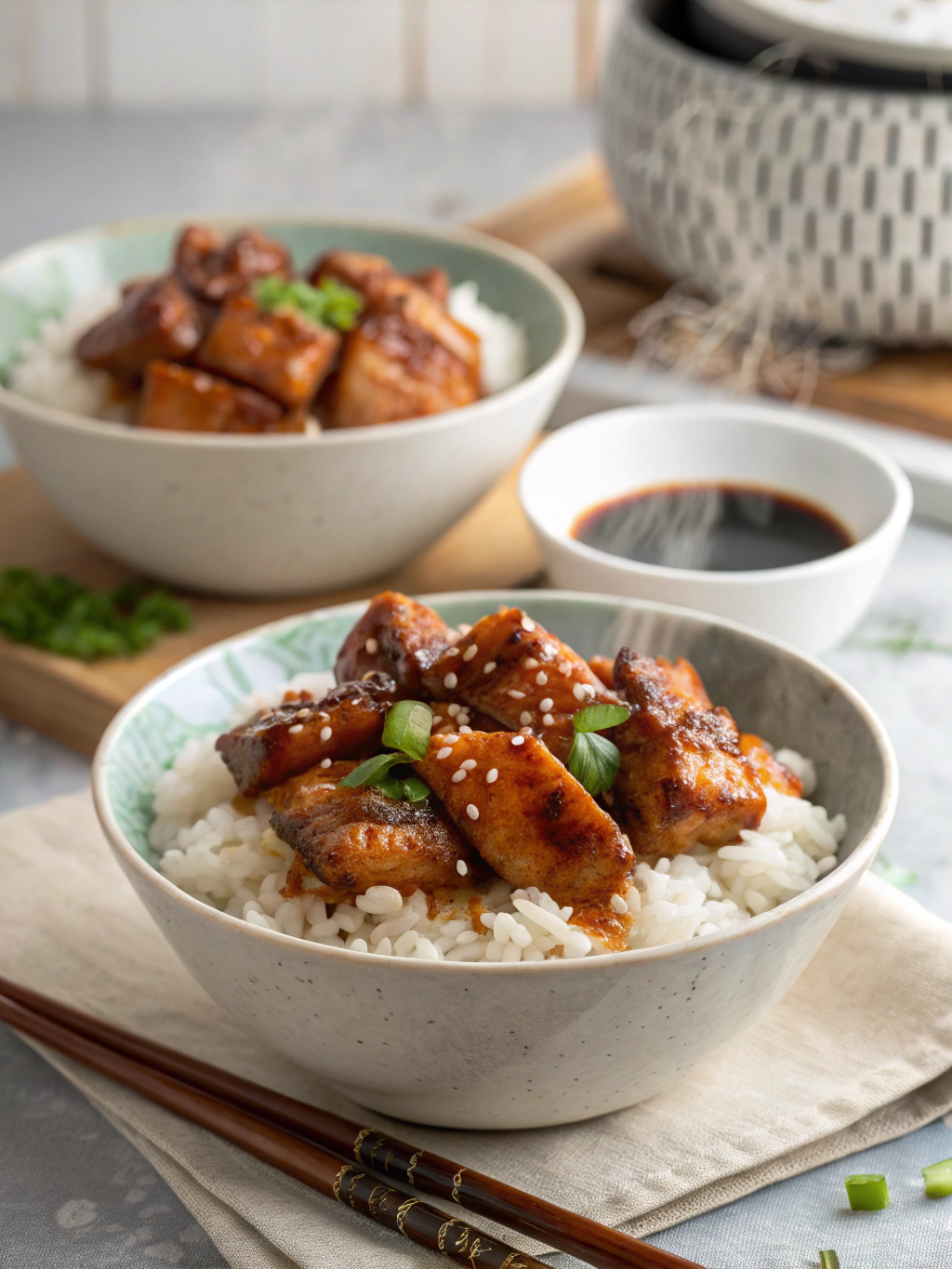
Ya ever notice how sometimes the most discombobulating kitchen moments happen right when you’re tryin’ to figure out dinner? That’s where these sticky chicken rice bowls came crashin’ into my life—on a Tuesday in 2019 when the refrigerator was practikally empty except for some chicken thighs approaching their use-by date. I remember standin’ there, hair wild from the humidity, wonderin’ how to transform boring protein into something my family wouldn’t roll their eyes at. Again.
The beauty of sticky chicken rice bowls lies in what I call their “flavor-stack potential”—the magical way sauce clings to both the chicken AND rice creating this harmony that just… works. I’ve been cooking professionally-ish for 12 years (or maybe it’s 8 if we’re countin’ the years I actually got paid), and I still think this might be the most versatile weeknight solution I’ve stumbled upon. Don’t believe the fancy food blogs that tell ya need 18 ingredients for a decent dinner. Sometimes, the path to deliciousness is actually pretty darn simple.
Let’s make some sticky bowls happen, shall we?
My Sticky Journey (With Some Rice Along the Way)
I first messed with this recipe concept after binge-watching too many Korean cooking videos at 2 AM. The next day, I attempted some complicated gochujang-glazed situation that burned to a crisp while I was helping my kid find a missing shoe. Classic Brianna timing.
Joanie (my next-door neighbor who uses butter like it’s going extinct) suggested I try a simpler approach when I complained about my chicken disaster. “Not everything needs twelve ingredients, sweetheart,” she said while watering her herbs. In retrospect, Connecticut summers do terrible things to chicken thighs when you’re distracted.
My second attempt went better but lacked… something. The sauce kept sliding off the chicken into sad puddles at the bottom of the bowl. Then I discovered what I now call “the double-gloss technique”—where you briefly re-caramelize the sauce AFTER slicing the chicken but BEFORE placing it on rice. Took me approximately 17 messy attempts to realize this crucial step (my stove still has sticky spots from March).
I’ve made these sticky chicken rice bowls for beach picnics (disaster, sand everywhere), office potlucks (triumph!), and once during a power outage using nothing but a camping stove and determination (surprisingly successful if you appreciate chicken by candlelight).
The Stuff You’ll Throw Together
- 1½ pounds chicken thighs (boneless + skinless) – I prefer thighs because breasts get all pouty and dry when overcooked even slightly
- ⅓ cup low-sodium soy sauce – the regular kind will make this WAYYY too salty unless you’re trying to preserve yourself for winter
- 2 heaping spoons brown sugar – I don’t even measure anymore; just grab whatever spoon’s clean
- a knuckle of grated fresh ginger – approximately 1 tablespoon if you’re the measuring type
- 3 garlic cloves, minced (or more if nobody’s kissing you tonight)
- 1 tbsp rice vinegar – apple cider vinegar works in a panic-substitution but changes the vibe completely
- 2 teeny splashes of sesame oil – approximately ½ teaspoon each splash
- ¼ cup green onions, chopped in what I call “lazy diagonals”
- 2-3 cups cooked rice – whatever kind you have, though jasmine is particularly magnificent here
- Optional but highly encouraged: sesame seeds, sliced cucumber, avocado, quick-pickled carrots, or whatever else is languishing in your produce drawer
How This Sticky Chicken Magic Happens
STEP 1) Chicken prep & marinating shenanigans
Cut those chicken thighs into chunks about the size of a walnut—but like, a generous walnut, not those sad ones you find at the bottom of the bag. Whisk together the soy sauce, brown sugar, ginger, garlic, rice vinegar, and ONE splash of the sesame oil in whatever bowl isn’t currently housing leftovers. Toss the chicken in there and let it get friendly with the flavors for at least 20 minutes. I’ve forgotten about it for two hours once and it was still fine—probably better actually.
STEP 2) The cooking part that requires actual attention
Heat a large skillet (my ancient cast iron works best) over medium-high heat until it’s hot enough that water droplets dance across it like they’re auditioning for something. Add a tiny bit of neutral oil, then use tongs to place the chicken pieces in a single layer, reserving the marinade. DON’T CROWD THE PAN or you’ll end up with chicken soup instead of sticky chicken! Cook until the edges look caramelized and the centers are almost done—about 3-4 minutes per side, but go by look rather than time. Your chicken should have gorgeous brown spots that make you want to sneak a piece immediately.
STEP 3) The sticky transformation (this is where the magic happens)
Remember that marinade you saved? Pour it into the hot pan with the chicken and be prepared for a magnificent sizzle-fest! It’ll bubble dramatically—this is your sauce doing what I call the “sticky reduction dance.” Let it bubble away, stirring occasionally, until it clings to the chicken pieces in a glossy, clingy coat. This usually takes about 2-3 minutes but trust your eyes, not the clock. The sauce should coat the back of a spoon and leave a clear path when you run your finger through it.
B) Rice preparation (yes, I’m starting over with letters because this is a concurrent step)
While your chicken does its thing, prepare your rice however you normally do. I like the Japanese half-knuckle method for perfect rice every time.
STEP 4) The double-gloss technique I mentioned earlier
Once your chicken is fully cooked and sauce has thickened, remove it from heat and let it rest for about 3 minutes. Then—and this is crucial—return it to medium heat with that second splash of sesame oil just before serving. Toss quickly (30 seconds max) to revitalize the glaze. This creates that restaurant-quality sheen that makes everyone think you’re much fancier than you actually are.
STEP THE LAST) Bowl assembly
Rice goes down first (warm, not hot). Arrange your glossy chicken pieces on top with artful carelessness. Sprinkle green onions and any other toppings you’ve chosen. I sometimes drizzle sriracha mayo if I’m feeling particularly adventurous. Eat immediately while making inappropriate noises of satisfaction.
Tips & Warnings From Someone Who’s Messed This Up Multiple Times
• CRITICAL SAUCE ERROR: If your sauce isn’t thickening, you’ve either got too much liquid or not enough heat. Crank it up and let it reduce more aggressively. But WATCH IT—there’s a 7-second window between “perfectly sticky” and “burnt sugar nightmare.”
• THE GINGER SITUATION: I’ve found that freezing ginger root makes it infinitely easier to grate. I keep a knobby piece in my freezer at all times like some sort of culinary security blanket.
★ MY SIGNATURE “REVERSE MARINADE” TECHNIQUE: Sometimes when I’m really pressed for time, I cook the chicken plain first, THEN create the sticky sauce separately and toss the cooked chicken in it. Controversial? Yes. Effective when you’ve got hungry people staring at you? Also yes.
• Rice texture matters more than you think! Slightly undercooked rice will absorb some of the extra sauce that drips down, creating what I call “flavor sponging.” Deliberately aim for rice that’s just a touch firmer than you’d normally prefer.
• Store leftovers separately (rice in one container, chicken in another) or you’ll end up with a soggy situation that makes me sad just thinking about it.
Kitchen Arsenal
FLAT-BOTTOMED WOK ★★★★★
Not technically a wok since it sits flat on my electric stove, but I still call it that to annoy my ex.
This thing conducts heat like nobody’s business and the high sides prevent sauce splatter disasters.
Amazon: https://www.amazon.com/dp/B000BUEQXO
RICE COOKER FROM 2003 ★★★★★
Made by a company that no longer exists, this dented miracle has outlasted two marriages and a kitchen renovation.
Can be replaced with any basic rice cooker, but won’t have the same personality or concerning clicking noise.
Amazon: https://www.amazon.com/dp/B08571VDYC
Make It Your Own Sticky Situation
• THE PINEAPPLE CONTROVERSY: Adding pineapple chunks during the final sticky sauce stage creates a sweet-tangy dimension that people either love passionately or judge silently. The acids also help thicken the sauce through what my imaginary cooking school professor used to call “fruit enzyme reduction.”
• LEFTOVER REINVENTION: Cold sticky chicken chopped up makes an incredible salad the next day—add some mandarin oranges, those crunchy wonton strip things, and a drizzle of same-ish sauce thinned with rice vinegar. I call it “Sticky Chicken: The Sequel.”
• VEGETARIAN ADAPTATION: Extra-firm tofu works amazingly well with this exact same technique—just press it really well first and handle it gentler than the chicken. My friend Marcela (who claims to be vegetarian but I’ve seen her eat bacon twice) says it’s better than the chicken version.
The Question Everyone Asks
Q: Why does my sauce always burn instead of getting sticky-thick?
Here’s the truth that fancy cookbooks won’t tell you: most home stoves have hot spots that are actively plotting against you. My sauce-burning issue disappeared when I started using what I call the “perpetual motion method”—where you constantly keep the chicken pieces moving during that final reduction phase. Don’t step away to check your phone! The sauce transitions from perfectly sticky to irredeemably burnt in approximately the time it takes to read one text message. Ask me how I know this.
Final Sticky Thoughts
These sticky chicken rice bowls have saved dinner in my household more times than I can count. There’s something deeply satisfying about the way the sauce creates this perfect marriage between the chicken and rice—each bite delivering exactly what your taste buds didn’t even know they were craving.
Will you overcook the chicken the first time? Possibly. Will the sauce refuse to thicken once or twice? Probably. But I promise that once you get the hang of this sticky-situation dinner, it’ll become part of your regular rotation. I’m still experimenting with different vinegars and sweeteners—maple syrup creates an interesting Canadian variation that won my third-place ribbon at the Henderson County Fair’s “International Inspiration” category (which only had four entries, but still).
Until next time—may your rice be fluffy and your chicken extra sticky!
Chef Bri
Certified Sauce Enthusiast & Recovering Cookbook Hoarder
Share with your friends!
Categorized in: Dinner

